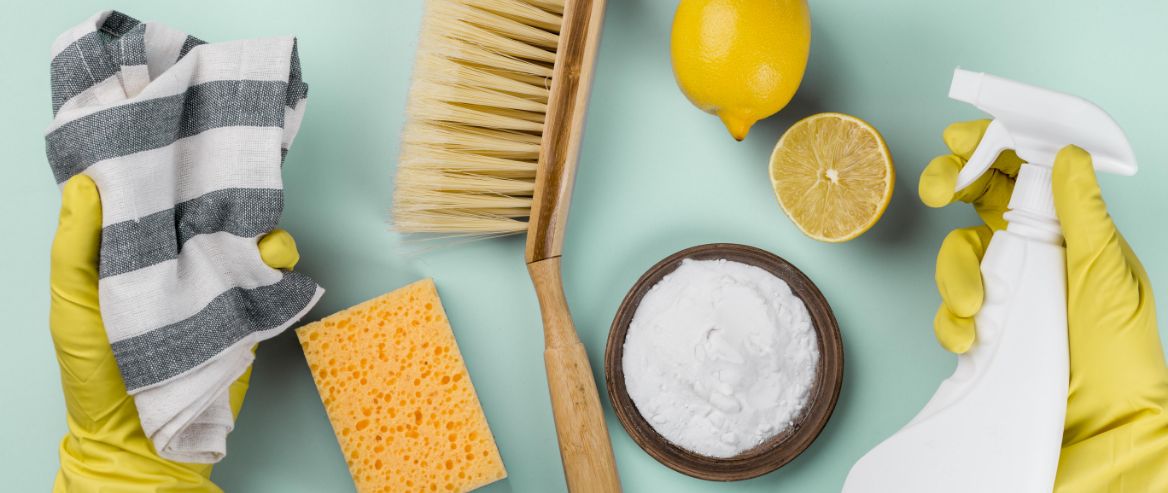Top 5 Places Where Mould Grows at Home
Published on Oct 5, 2021 | Updated - May 4, 2023
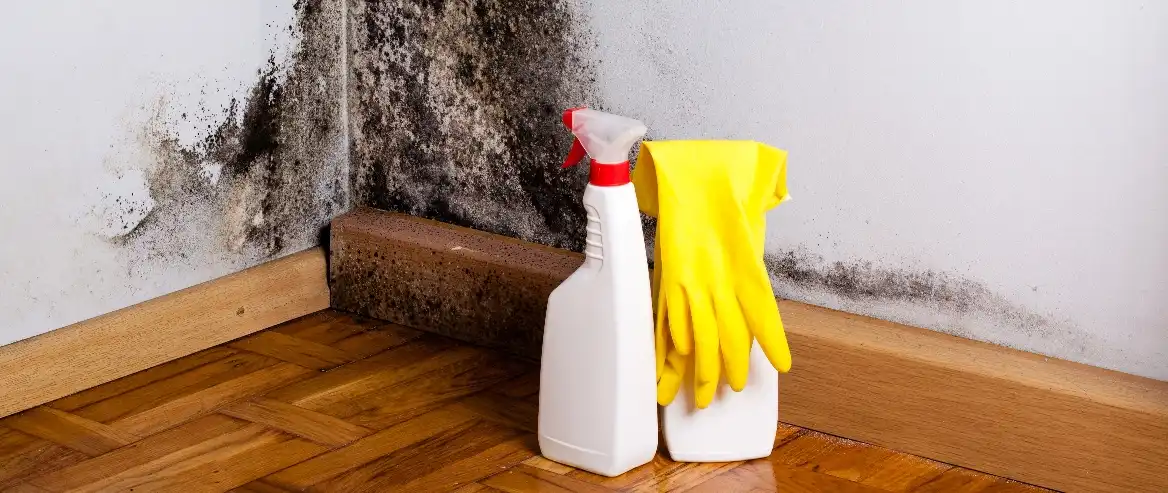
You may not know it, but mould is at its worst in winter.
Hot showers, running the dryer regularly and keeping windows and doors closed often create the perfect conditions for mould to thrive.
In the lead up to colder months, we have some great information on the most likely places you’ll find mould in your home and what you can do about mould cleaning.
What is mould and how does it affect our health?

Mould is an organism that thrives in warm and damp environments. It feeds on organic material like carpet backing or tiles and grout and colonises until it is big enough to be seen by the naked eye.
If you have visible mould in your home, there will be even more that you cannot see.
A mould infestation may also be the reason for minor health issues such as itchy eyes, a runny nose, shortness of breath, or general lethargy. Mould can also be a respiratory trigger for people who suffer from asthma or other allergies.
So now that we know what mould is, and the effect it can have on our health, let’s take a look at the top 5 places where mould grows at home as well as some mould cleaning tips.

RECOMMENDED READING
Why is Mould so Bad for YouThe Top 5 Places You’ll Find Mould
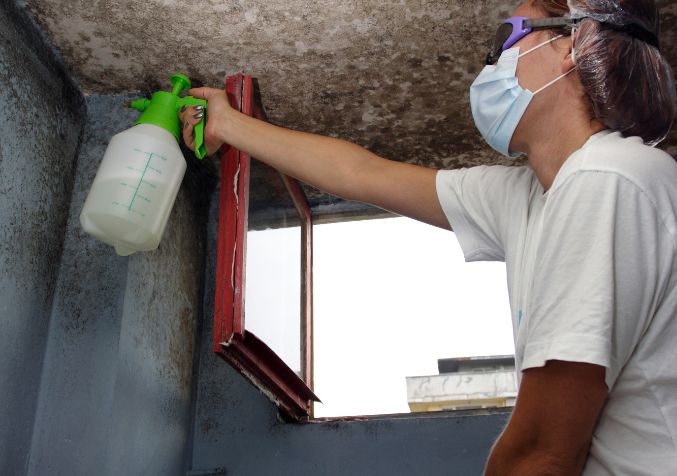
1. Shower
A nice long hot shower feels great on a winter’s night, but it creates a lot of condensation and heat. Without proper ventilation, that’s an open invitation for mould to come into your home.
How to Prevent Mould in Your Shower
Open any windows or doors during your shower (if you can) and use a squeegee after your shower. You should also consider installing an exhaust fan if you don’t currently have one. We recommend keeping the exhaust fan running for at least 10 minutes after your shower.
A diluted vinegar mixture applied regularly will help prevent and treat mould. We recommend applying it 20 minutes before your shower and rinsing it off while showering. Do this weekly for the best results.
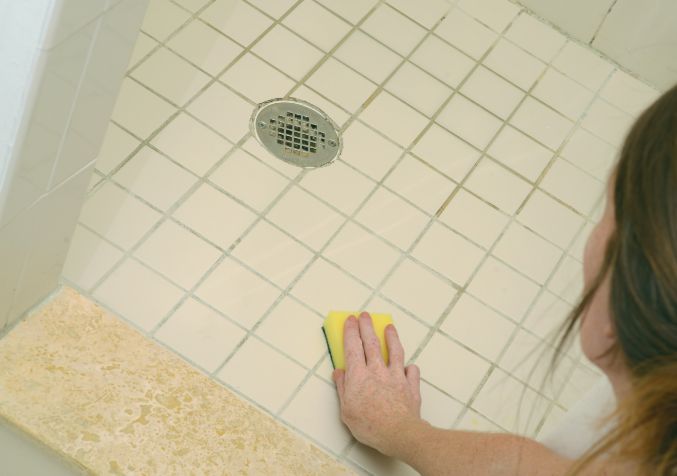
2. Tiles and Grout
The grout between your tiles is the most likely place you’ll find mould, both in the shower recess and the bathroom itself.
Grout is extremely susceptible to microscopic mould growth because it absorbs water so well, especially darker-coloured grout.
Although your bathroom is the ideal breeding grou`nd for mould, you also need to check out the tiles and grout in the rest of your home as well.
How to Prevent Mould on Grout
To protect your home from the damaging effects of mould, you must wipe down all tiled and grouted surfaces after bathing or showering.
The porous nature of the grout will attract water, leading to a build-up, which can also cause serious problems with the structural integrity over time.
For smaller infestations, you can use a baking soda and water combination. Apply the paste to the area, let it sit for at least 30 minutes, and scrub away with a stiff bristle brush. This will also remove some of the moisture that encourages mould growth.
You can also use a 1:1 mix of vinegar on sealed grout lines, but you need to avoid the tiles themselves on natural tiles like marble, as the acidity of the vinegar can etch natural stones over time. It is safe to use vinegar on ceramic and porcelain tiles.

3. Bathroom Objects
This is one you may not have thought of. As a mould hotspot, it makes sense that items in your bathroom can also be prone to microscopic growth.
Therefore, you should also clean items like the bottoms of shampoo bottles, loofahs, bath toys, and your toothbrush holder.
How to Prevent Mould in The Bathroom
Next time you are cleaning your bathroom, remember to wipe down the bases of bottles and soap dishes with diluted vinegar. You should also sterilise bath toys every couple of weeks and replace loofahs often.
It’s also a great idea to put your toothbrush holder through the dishwasher fortnightly.
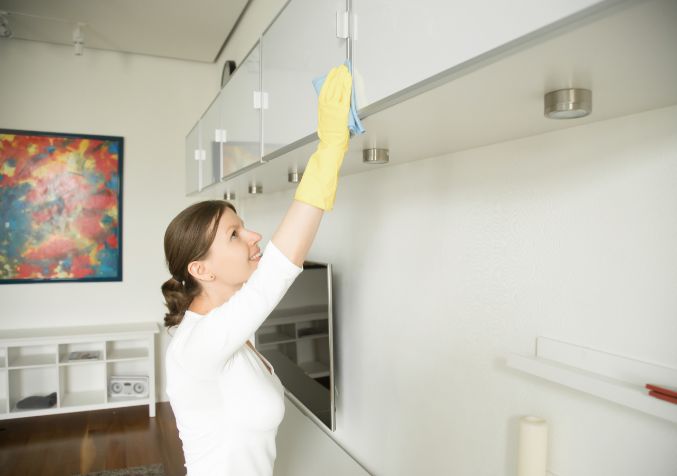
4. Kitchen
There are a few areas of your kitchen where mould prospers. Mould can grow in your fridge when fresh food perishes and recolonise in other areas of the refrigerator.
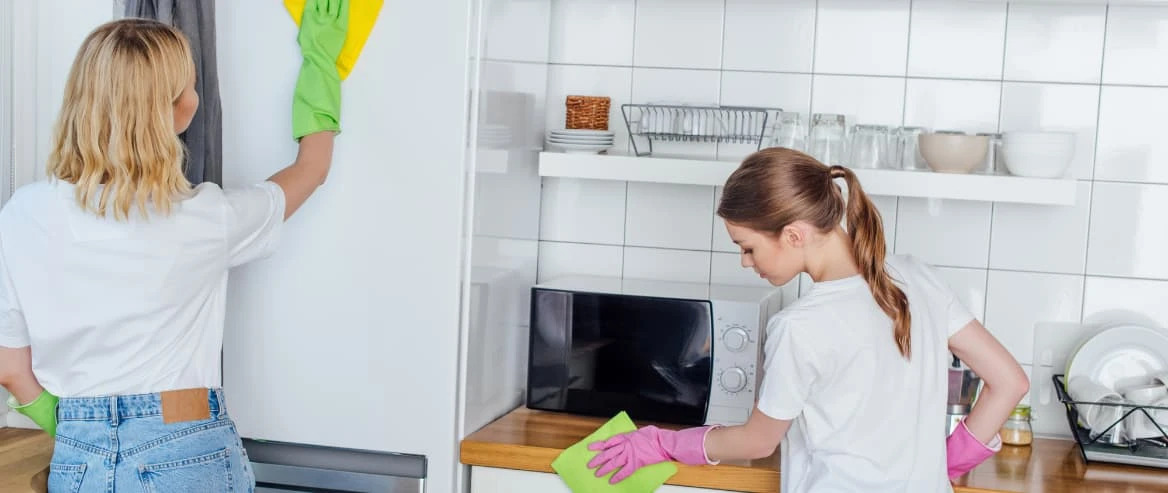
RECOMMENDED READING
How to Naturally Freshen Up Your FridgeMould can also be found under the sink or in cupboards, particularly if you’ve got leaky plumbing. It’s also likely to appear in the area above the stove and oven, due to the high level of moisture and heat created during cooking.
How to Minimise Mould in The Kitchen
Use exhaust fans and/or open windows while cooking, clean your fridge often and regularly check cabinets and cupboards for mould infestations you can get on top of easily. You should be cleaning your cupboards with a diluted vinegar mixture occasionally, too.
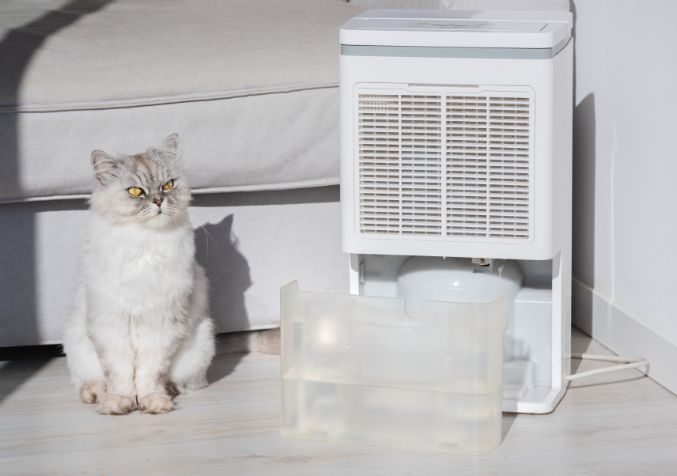
5. Corners and Wardrobes
Check in your wardrobes and corners (especially hidden ones) for signs of mould. These infestations are usually caused by rain that has gotten in through the ceiling or from poor insulation. Darkness and humidity can also exacerbate the problem, creating mould!
How to Minimise Mould in Wardrobes
We recommend using a dehumidifier or the water drop setting on your air conditioner to reduce the humidity in the air. You could also invest in Damp-Rid, which is handy in dark corners or wardrobes.
You should also make sure you open windows (and your wardrobes) as much as you can.
Please note, significant mould growth will require professional remediation. While you need to still identify the reason that the mould infestation occurred in the first place, a professional can remove your mould and restore the air in your house to healthier levels.
Give the Electrodry team a call today to discuss your mould issue.
Final Thoughts
Mould only grows in areas of the home where there is a sufficient amount of moisture on a surface or humidity in the air. Therefore, the most important thing you can do to prevent mould in your home is to minimise moisture. Prevention is better than cure.
However, if you do have mould in your home, you must take immediate action to clean and remove the mould. Remember, if you have visible mould in your house, the chances are very high that there is also mould that you cannot even see.
Follow the above tips and look around the house for places where mould is likely to grow and take quick action to remove it and clean the area. This will help to improve the air quality in your house for all the family and also make the house look clean and fresh.
Choose Electrodry for Your Professional Mould Removal Needs
If you are having trouble removing mould in your household, then please get in contact with your Electrodry technician for professional mould cleaning services. With specialised cleaning products on hand to treat mould, Electrodry is here to help.
Electrodry is Australia's most trusted and reliable carpet and home cleaning service. We are a family-owned business and have been around since 1983. Electrodry's exclusive cleaning systems, innovative cleaning products, and expert technicians ensure that we always provide the highest possible level of service to our clients.
If you have hard-to-remove mould growing in your home, please do not hesitate to get in touch with us.
Featured Electrodry Mould Cleaing Locations


